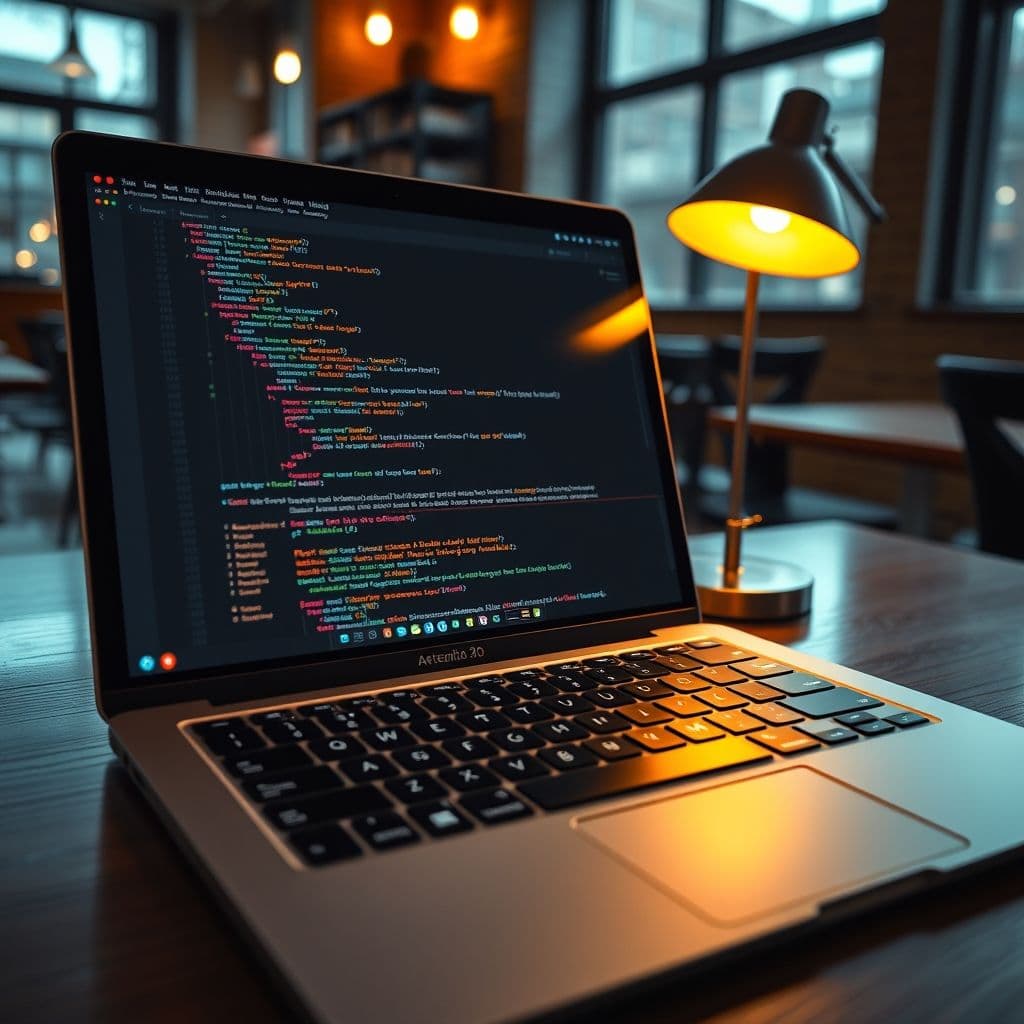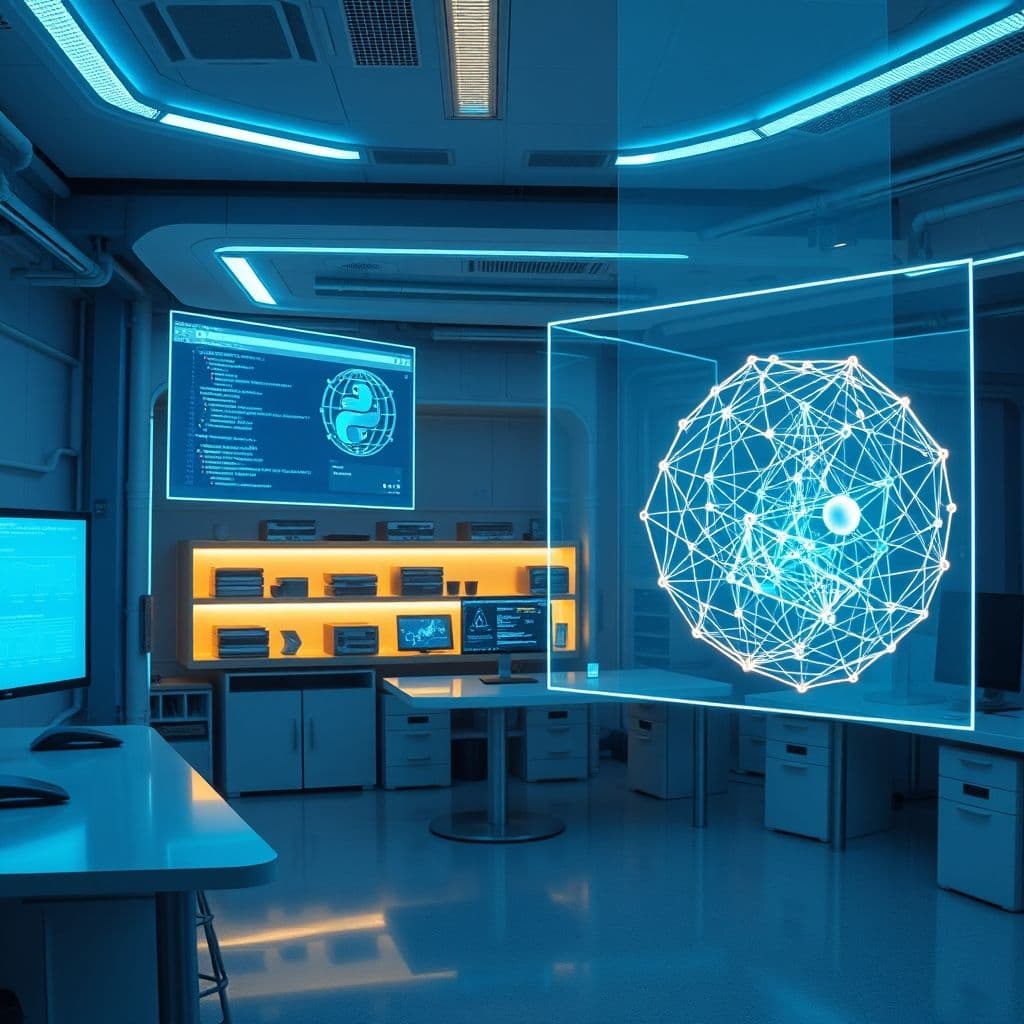Master Python 3.10 Programming: A Step-by-Step Guide for Beginners to Advanced

Python has become one of the most popular programming languages in the world, and Python 3.10 introduces exciting new features that make coding even more efficient. Whether you're a complete beginner or looking to upgrade your skills, this guide will take you from writing your first line of Python to mastering advanced concepts like web development and machine learning. Let's dive into the world of Python programming! View original learning path
Step 1: Learn the Basics
Every programming journey starts with the fundamentals. In this step, we'll cover everything you need to start writing Python code. First, you'll learn how to install Python 3.10 on your system and run your first program. We'll explore variables and data types - the building blocks of any program. You'll master basic operations like arithmetic and string manipulation, then progress to control flow with conditionals and loops. Finally, we'll introduce functions, which allow you to organize and reuse your code effectively.

Step 2: Dive Deeper
Now that you're comfortable with Python basics, it's time to explore more powerful features. You'll learn how to organize your code using modules and packages. File handling will enable you to work with external data files, while exception handling makes your programs more robust. Object-Oriented Programming (OOP) introduces concepts like classes and inheritance. We'll also cover regular expressions for advanced text processing, database interactions, and even web scraping to extract data from websites.
Step 3: Advanced Topics
In this final step, you'll tackle professional-level Python concepts. Concurrency and parallelism help you write efficient programs that can handle multiple tasks. We'll introduce Python's role in data science and machine learning with libraries like NumPy and Pandas. Web development with frameworks like Django or Flask becomes accessible. You'll learn essential skills like testing, debugging, and proper code deployment. Finally, we'll cover Python best practices and style guidelines to make your code professional and maintainable.

Conclusion
Congratulations! You've now journeyed through the complete Python 3.10 learning path, from writing your first 'Hello World' to understanding advanced concepts that power modern applications. Remember that mastering Python is an ongoing process - even experienced developers continue to learn new techniques and best practices. The true power of Python lies in its versatility and the vibrant community that supports it.
Frequently Asked Questions
- How long does it take to learn Python 3.10?
- The basics can be learned in a few weeks with consistent practice, while mastering advanced topics may take several months. Your progress depends on your prior programming experience and the time you dedicate to practice.
- What's new in Python 3.10 compared to previous versions?
- Python 3.10 introduces structural pattern matching, more precise error messages, new type union operator (|), and various performance improvements. These features make coding more efficient and debugging easier.
- Can I get a job after learning Python?
- Absolutely! Python is in high demand across industries like web development, data science, automation, and machine learning. Building a portfolio of projects will significantly increase your job prospects.
- What's the best way to practice Python programming?
- Start with small exercises, then gradually work on larger projects. Contribute to open-source projects, solve coding challenges on platforms like LeetCode, and most importantly, build real-world applications that interest you.





